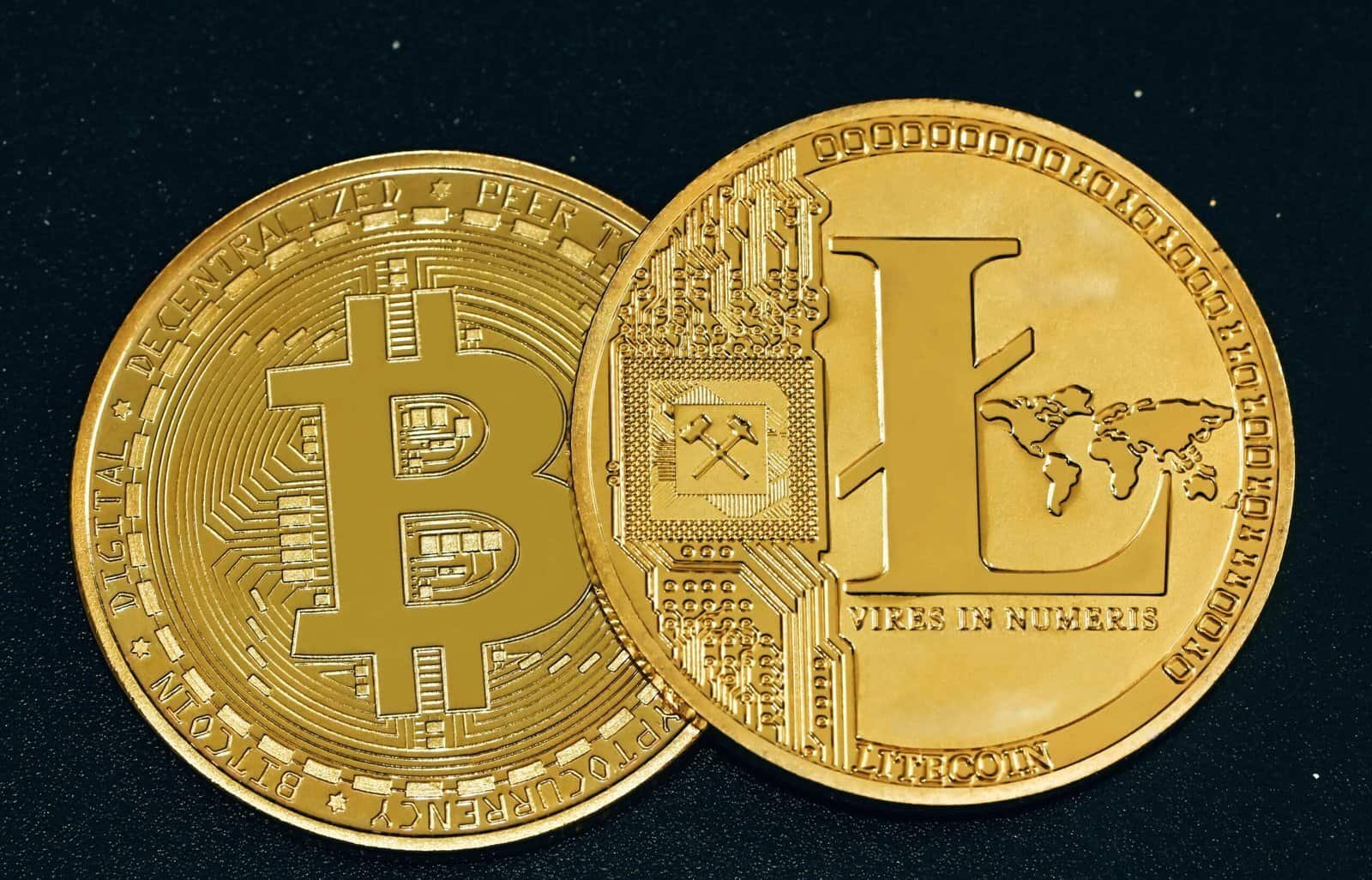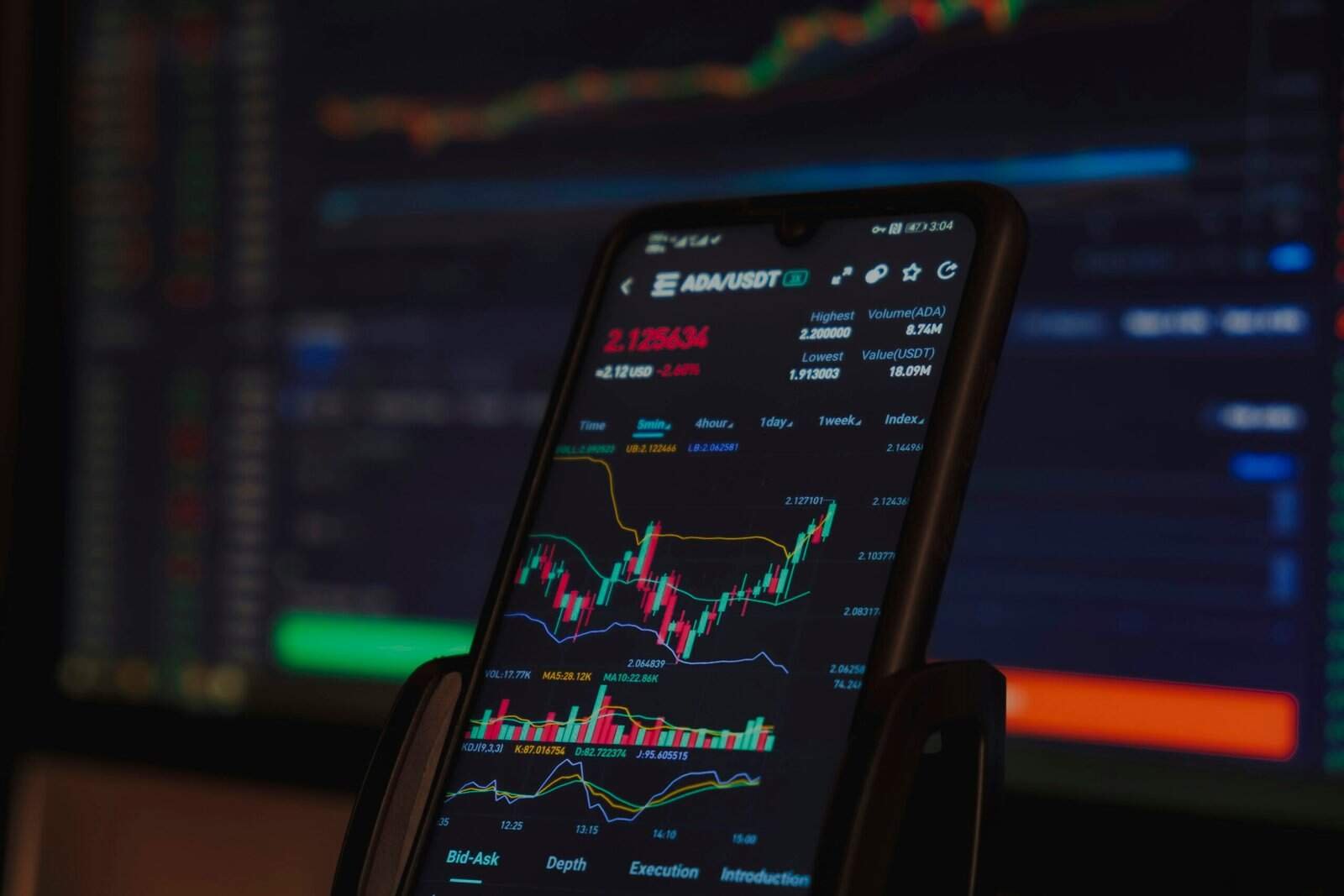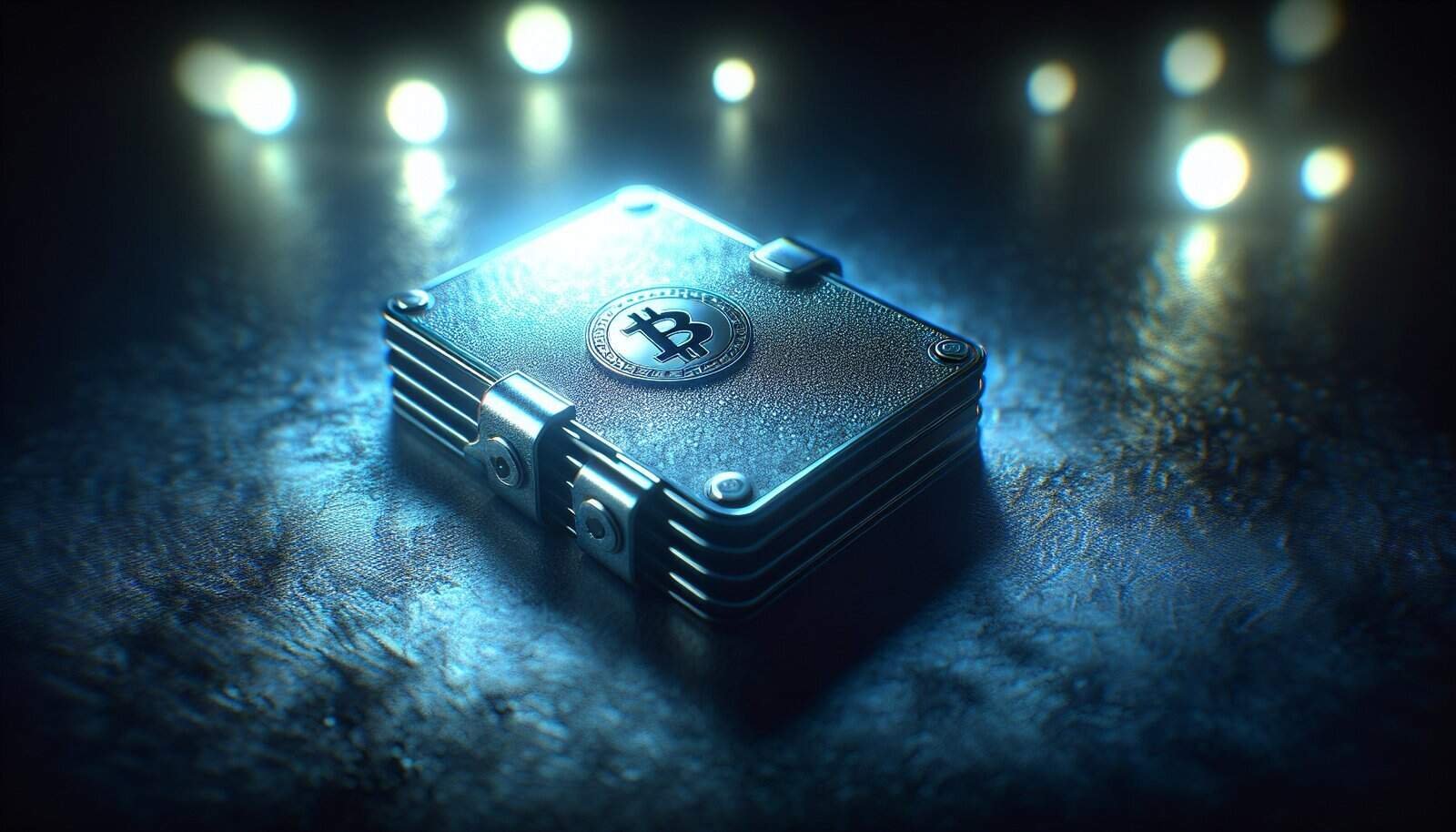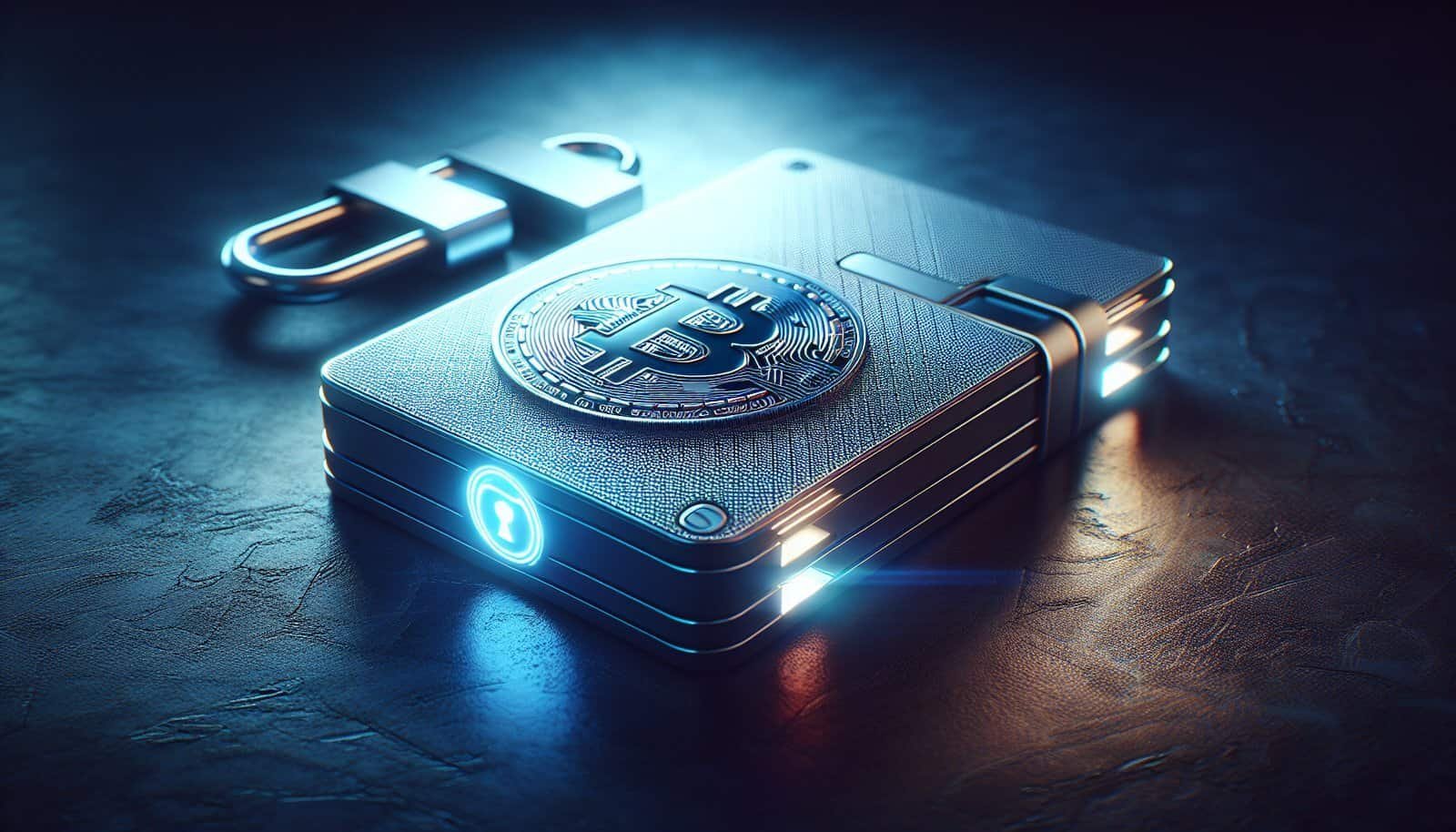? Want to move funds between exchanges without risking loss, delays, or unnecessary fees?

How Do I Transfer Funds Safely Between Exchanges?
You’ll learn practical steps and safety practices to move funds between exchanges with confidence. This guide breaks down technical details, common pitfalls, and clear checklists so your transfers go smoothly.
Why safe transfers matter
Moving funds between exchanges may seem routine, but mistakes can cost time and money. You’re dealing with irreversible blockchain transactions, potential mismatched networks, and exchange-specific rules that can cause funds to be lost or stuck.
Overview of the process
Transferring funds usually involves generating a deposit address on the receiving exchange and sending from your wallet or another exchange. You’ll check network compatibility, small test transfers, confirmations, and possibly tags or memos. Taking a few preventive steps dramatically reduces risk.
Understand the main risks before you transfer
You should know the biggest threats to your funds so you can avoid them. The main risks are sending to the wrong network, omitting required tags, falling for phishing, and using unsafe bridges or services.
Sending to the wrong blockchain network
Networks like Ethereum (ERC-20), Binance Smart Chain (BEP-20), and Tron (TRC-20) can carry the same token symbol. If you send a token over the wrong network, the funds may be irretrievable or require a recovery request and fees. Always double-check the network selection.
Missing tag/memo/payment ID
Some chains and exchange systems require an extra identifier (tag, memo, or payment ID) for deposits. If you omit that piece of information when required, the receiving exchange often marks the deposit as untagged and funds can be stuck until you submit a support ticket.
Phishing and fraudulent websites
You should ensure you’re on the correct exchange website and not a phishing copy. Fake websites often capture credentials or trick you into using malicious withdrawal addresses. Use bookmarks, check SSL certificates, and prefer official exchange apps or the exchange’s verified domain.
Using untrusted bridges or smart contracts
When moving assets between different blockchains, bridges can be convenient but sometimes risky. Bridges have been targeted in exploits and may carry smart contract vulnerabilities. Use well-reviewed, highly audited bridges and consider alternatives like centralized exchange conversions.
Preparation checklist before you start a transfer
Follow a short checklist before you initiate any transfer to minimize mistakes. These checks typically take a few minutes but can prevent large losses.
- Confirm the receiving exchange supports the asset and the network.
- Copy the deposit address from the receiving exchange; do not type it manually.
- Check whether a tag, memo, or payment ID is required and copy it exactly.
- Enable and confirm two-factor authentication (2FA) on both accounts.
- Add the receiving address to the exchange’s whitelist if supported.
- Consider a small test transfer first.
- Note withdrawal and deposit fees and expected confirmation times.
Why each step matters
Each checklist item addresses a specific failure mode: unsupported networks, tagging errors, phishing, slow or failed confirmations, or unexpected charges. Taking these steps makes your transfer predictable and safer.
Choosing the correct network and token standard
You must pick the right network for the asset you’re transferring because the token standard dictates how the token exists on the blockchain. Selecting the wrong network is a common cause of lost funds.
Common networks and token standards
Below is a helpful reference for widely used token standards and networks. This table helps you match assets with the correct network.
| Token / Asset Type | Typical Network(s) | Common Example Symbols |
|---|---|---|
| Bitcoin | Bitcoin Network (BTC) | BTC |
| Ethereum ERC-20 tokens | Ethereum (ERC-20) | USDC (ERC-20), UNI |
| Binance Smart Chain tokens | BSC / BEP-20 | BUSD (BEP-20) |
| Tron-based tokens | Tron (TRC-20) | USDT (TRC-20) |
| Solana tokens | Solana | SOL, SPL tokens |
| Ripple / XRP | XRP Ledger | XRP (requires Destination Tag) |
| Stellar | Stellar | XLM (requires Memo) |
| EOS | EOS | EOS (requires Memo/Account Name) |
How to confirm network compatibility
You’ll find network options when you click “Deposit” for an asset on the receiving exchange. Match the network exactly to the one you choose when sending. If the exchange lists multiple networks, confirm which network your sending wallet or exchange supports.

Tags, memos, and payment IDs — what you must know
Some wallets and exchanges require an extra identifier beyond the address. Missing it is one of the most common mistakes.
Examples of assets that require tags
These are common examples you should watch for:
- XRP (Destination Tag)
- XLM (Memo)
- EOS (Memo or Account Name)
- BNB (Memo for Binance Chain deposits)
- Some fiat-rail transfers may require payment IDs
If the receiving exchange shows “Memo / Tag required,” you must include it exactly as provided.
What to do if you forget a tag or memo
If you forget to include the memo, contact the receiving exchange support immediately and provide TXID, amount, sender address, and any other required details. Some exchanges recover funds but may charge a processing fee.
Conducting a small test transfer
You should always perform a test transfer before moving large amounts. A small transfer verifies the address, network, and tag handling without exposing most of your funds.
How to perform the test
Send the smallest possible amount that the sending exchange or wallet allows (for example, 0.001 BTC or a few dollars’ worth of stablecoin). Confirm the deposit appears on the receiving side and that the amount, tag, and status are correct before sending the rest.
How long to wait after the test
Wait until the receiving exchange marks the deposit as completed or available. That typically means the blockchain required confirmations were met. After the test is successful, you can proceed to send the full amount.

Fees, confirmation counts, and timing
You should account for fees and expected timing because they affect your transfer cost and availability.
Network fees vs exchange fees
Network fees are paid to miners or validators and vary with network congestion. Exchange withdrawal fees are charged by the sending exchange and can be fixed or variable. Check both before sending.
Typical confirmation requirements
Different exchanges require different numbers of confirmations before crediting a deposit. For example:
| Asset | Typical Confirmations Required |
|---|---|
| BTC | 1–6 confirmations |
| ETH/ERC-20 | 12–30 confirmations |
| USDT (TRC-20) | 20–50 confirmations |
| XRP | 1 confirmation + destination tag match |
| SOL | 20–30 confirmations |
Always check the receiving exchange’s deposit page for exact requirements. This determines how long the transfer will take.
Internal transfers vs on-chain transfers
You’ll sometimes move funds within the same exchange or between accounts on the same platform. That’s different from on-chain transfers.
Internal (off-chain) transfers
If both accounts are within the same exchange, transfers may be instant and fee-free because the exchange simply adjusts ledger balances internally without broadcasting a blockchain transaction. This is the fastest and cheapest option when available.
On-chain transfers
When sending from one exchange to another (different platforms) or to a personal wallet, the transaction goes on-chain and becomes irreversible. You’ll pay network fees and wait for confirmations.

Address whitelisting and withdrawal restrictions
You should use address whitelisting when available for extra security. This feature restricts withdrawals to pre-approved addresses.
How whitelisting works
You pre-register withdrawal addresses on the sending exchange. When you attempt to withdraw, the exchange checks if the destination is in your whitelist. If it’s not, the exchange may block the transfer or require manual approval via email and 2FA.
Advantages and limitations
Whitelisting reduces the chance of stolen funds being withdrawn to a new malicious address, but if an attacker compromises your account before you enable whitelist changes, they may still attempt to add addresses. Combine whitelist usage with strong authentication and account protections.
Two-factor authentication and account security
Strong account security prevents unauthorized transfers. You should enable multiple layers of protection on both sending and receiving exchanges.
Recommended security measures
- Use hardware-based 2FA (U2F/YubiKey) if supported.
- Use an authenticator app (TOTP) rather than SMS 2FA.
- Set unique, strong passwords and a reputable password manager.
- Enable email withdrawal confirmations where available.
- Avoid reusing passwords across exchanges.
What to do if you lose 2FA
If you lose access to your 2FA device, follow the exchange’s account recovery procedure immediately. That usually requires identity verification and can be lengthy. Some exchanges provide backup codes—store them securely.

Using hardware wallets and cold storage when possible
If you’re transferring assets from personal holdings, use a hardware wallet to sign transactions offline. That protects your private keys from internet-based attacks.
Advantages of hardware wallets
Hardware wallets keep private keys offline and sign transactions on the device. This offers a strong defense against malware and phishing attacks on your computer or phone.
How to use a hardware wallet for exchange transfers
Connect your hardware wallet to your wallet app, create a transaction with the receiving exchange’s address, and confirm the transaction on the hardware device. Double-check addresses displayed on the device and the app.
Handling cross-chain transfers and bridges safely
If you want to move tokens across blockchains (for example, Ethereum to BSC), you’ll often use a bridge. Bridges can lock tokens on the source chain and mint a wrapped token on the destination chain.
Risks with bridges
Bridges have been targeted by hacks and smart contract vulnerabilities. Using a poorly audited bridge or a brand-new bridge increases your risk of losing funds. Prefer established bridges with strong audits and significant liquidity.
Alternatives to bridges
If possible, use centralized exchanges to convert tokens from one chain to another: deposit on one exchange, convert or withdraw on a different network through their supported options. This reduces exposure to smart contract risk, but you’ll pay exchange fees.
Tracking transactions: TXID and block explorers
You should always save the transaction ID (TXID) after sending funds and use block explorers to monitor progress.
How to use a TXID
The sending platform will provide a TXID once the transaction is broadcast. Paste it into a block explorer (e.g., blockchain.com for BTC, Etherscan for ETH) to see confirmations, timestamps, and block details. If a problem arises, support teams will ask for the TXID.
What confirmations look like in explorers
Block explorers show the number of confirmations and whether the transaction is included in a block. If a transaction remains unconfirmed for a long time, it might have been dropped due to low fees or network issues.
Troubleshooting failed or delayed transfers
If something goes wrong, act methodically and gather information before contacting support. You’ll save time and increase the chances of recovery.
Information to collect immediately
- TXID or withdrawal ID
- Sending and receiving addresses
- Amount and asset
- Date and time of transfer
- Screenshots of the withdrawal or deposit pages and emails
- Any error messages
Common problems and remedies
- Unconfirmed transaction: Check if the fee was too low; consider CPFP (Child-Pays-For-Parent) if your wallet supports it, or contact the sending exchange.
- Wrong network used: Contact the receiving exchange to request recovery; this may require identity verification and fees.
- Missing memo/tag: Contact the receiving exchange with the TXID and request fund attribution; they may charge a fee.
- Funds lost to phishing site: Report to your exchange, withdraw remaining funds, change passwords, and notify relevant authorities.
Contacting exchange support effectively
You’ll get help faster if you provide clear, complete information. Use official support channels and include all the evidence you gathered.
What to include in the support ticket
Provide the TXID, exact timestamps, sending and receiving addresses, screenshots of the transfer, and any emails or confirmations. Be concise and factual—support teams handle many cases and need precise data.
How long recovery can take
Recovery timelines vary widely. Simple cases (missing tag) can take a few days to weeks; complex recoveries (wrong chain) can take weeks to months, if recovery is possible at all.
Examples: step-by-step transfers between popular exchanges
These examples show common processes. Always check each exchange’s current interface and support docs because UX and requirements change.
Example 1 — Binance to Coinbase (ERC-20 USDC)
- On Coinbase, go to “Receive” and choose USDC > Network: “ERC-20 (Ethereum).” Copy the deposit address.
- On Binance, go to “Withdraw” > Select USDC > Network: “ERC-20.” Paste the Coinbase address.
- Confirm 2FA and any email withdrawal confirmation.
- Send a small test amount first. Check Coinbase for confirmations and final credit.
- Send the remainder once verified.
Example 2 — Kraken to hardware wallet (BTC)
- On your hardware wallet app, create a receive address for BTC and copy it.
- On Kraken, choose “Withdraw” > BTC, paste your hardware wallet address, and set the network fee if adjustable.
- Confirm the withdrawal with 2FA and email.
- Monitor the TXID on a block explorer until the required confirmations are reached.
- Verify the BTC appears on your hardware wallet.
Example 3 — Sending XRP to an exchange with destination tag
- On the receiving exchange, copy both the XRP address and destination tag.
- In your wallet or sending exchange, paste the address and enter the tag exactly.
- Do a small test transfer if you’re unsure.
- If you forget the tag, contact the receiving exchange support with the TXID immediately.
Tax, regulatory, and compliance considerations
You must be aware of regulatory and tax implications when you transfer between exchanges, especially across jurisdictions.
KYC and withdrawal limits
Exchanges enforce KYC and withdrawal limits. Large transfers may trigger additional reviews or temporary holds. Check both exchanges’ policies to plan timing and amounts accordingly.
Taxable events
Transfers between wallets you control may be non-taxable in some jurisdictions, but converting between assets or exchanging on different platforms may create taxable events. Keep records of transfers, dates, amounts, and fiat equivalents for tax reporting.
When to use custodial services and insurance
If you handle very large sums, you might consider custodial services with insurance or institutional custody providers.
Pros and cons of custodial custody
Custodial services can offer insurance and professional security practices but require trusting a third party. Evaluate custodial providers on transparency, regulatory compliance, and insurance coverage.
How insurance works
Exchange insurance usually covers only specific kinds of breaches and may have limits or exclusions. Always read policy details and understand what is and isn’t covered.
Final checklist: quick pre-transfer summary
Use this checklist right before you hit “Send” to avoid last-minute mistakes.
- Confirm the receiving address and network exactly.
- Ensure any required memo/tag is copied and pasted.
- Check both exchanges’ deposit/withdrawal fees and confirmation requirements.
- Enable or confirm whitelist settings and 2FA.
- Send a small test transfer first.
- Save the TXID and monitor the transaction on a block explorer.
- If anything looks wrong, contact support immediately with the TXID.
Final tips and common sense reminders
You’ll be safer if you cultivate a cautious mindset and treat each transfer like a high-stakes transaction. Verify addresses visually on hardware devices when possible, avoid public Wi-Fi for transfers, and keep software up to date.
Long-term habits that protect your funds
- Use hardware wallets for large holdings.
- Maintain a secure password manager and unique passwords.
- Keep redundancies for recovery phrases and store backups in secure, physically separated locations.
- Regularly review exchange reputations, security practices, and recent incidents.
You’re now equipped with a comprehensive set of practices and checks to transfer funds between exchanges safely. If you follow the preparation steps, perform a test transfer, and keep records and TXIDs, you’ll minimize the chance of costly errors and be able to recover more easily if something does go wrong.
